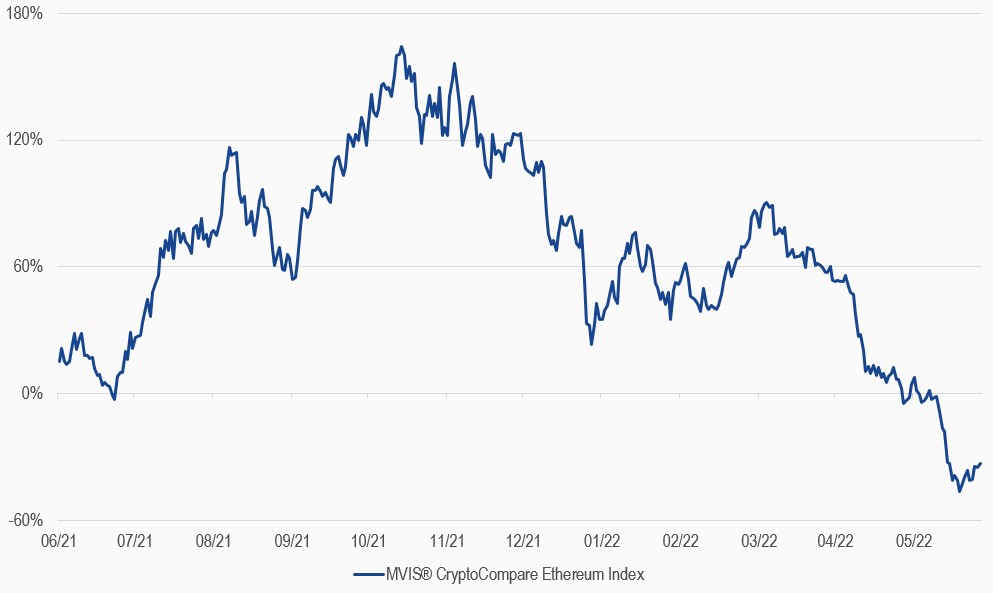“The Merge”, expected in the second half of 2022, is a highly anticipated event where the Ethereum network will switch from a proof-of-work (PoW) security model to proof-of-stake (PoS). None of the transaction data executed on the Ethereum network since its inception will be lost as a result of the merge. Validators in Ethereum’s PoS Beacon chain are required to stake ETH as collateral in order to propose new blocks in the chain. Malicious validators that don’t play by the rules risk having their collateral “slashed”, or taken offline. The amount at stake is what ensures a PoS network’s economic security, as opposed to power-guzzling computations in a PoW system.
Nevertheless, when it comes to the merge, there are a lot of misconceptions about what it really is. We go through the three great misunderstandings and hope to shed some light on this complex topic.
Misconceptions:
- You can withdraw your staked ETH after the merge: The merge is basically the transition to PoS. The next upgrade after the merge, called Shanghai hard fork, will offer the possibility, to withdraw your ETH. This can be months away. There will also be an exit queue for stakers after the hard fork. So in general, this is another factor reducing supply for Ethereum.
- The merge will lower transaction fees: Proof-of-stake doesn't change the throughput of the chain. The Merge is simply a change to Ethereum’s consensus mechanism and will not directly impact gas fees. Ethereum’s strategy to lower transaction fees are roll-ups. A rollup is a scaling solution and takes multiple Ethereum transactions and rolls them up into a single piece of data before submitting them all to the blockchain
- You can't run a node an Ethereum without staking 32 ETH: There's two types of nodes on the network. There are validators, which are nodes that produce blocks. To run one of those you do need to put 32 ETH as a stake on the beacon chain. Instead, If you just want to run a node on the network, everybody can do that with a basic understanding of the blockchain. Running your own node enables you verifying that the blocks and transactions that these validators create are valid.
The merge is a pretty complex and risky project. No other blockchain of Ethereum’s scale has ever overhauled its consensus protocol in the history of crypto. But there are also compelling advantages. PoS proponents argue that the merge will make Ethereum more scalable, decentralized, sustainable, and efficient.
MVIS® CryptoCompare Ethereum Index
26/06/2021-26/06/2022

Source: MarketVector Indexes. All values are rebased to 100. Data as of June 26, 2022.
Get the latest news & insights from MarketVector
Get the newsletterRelated:




